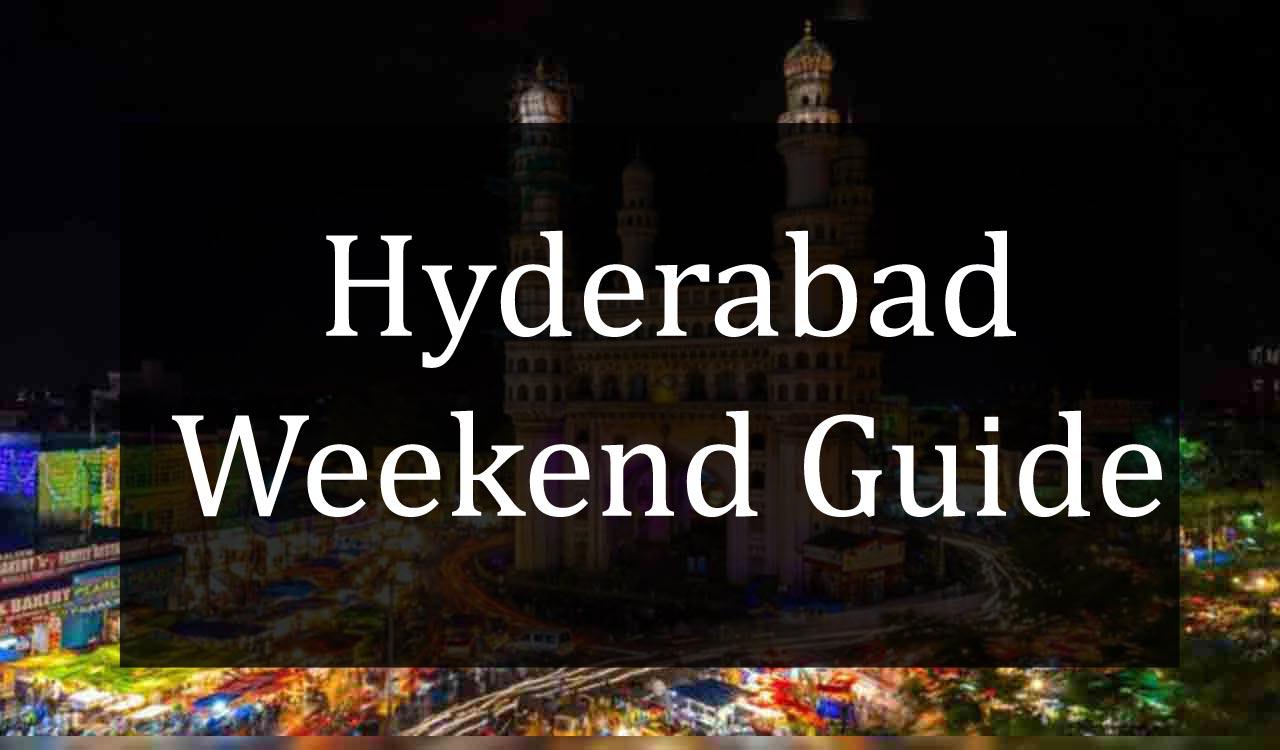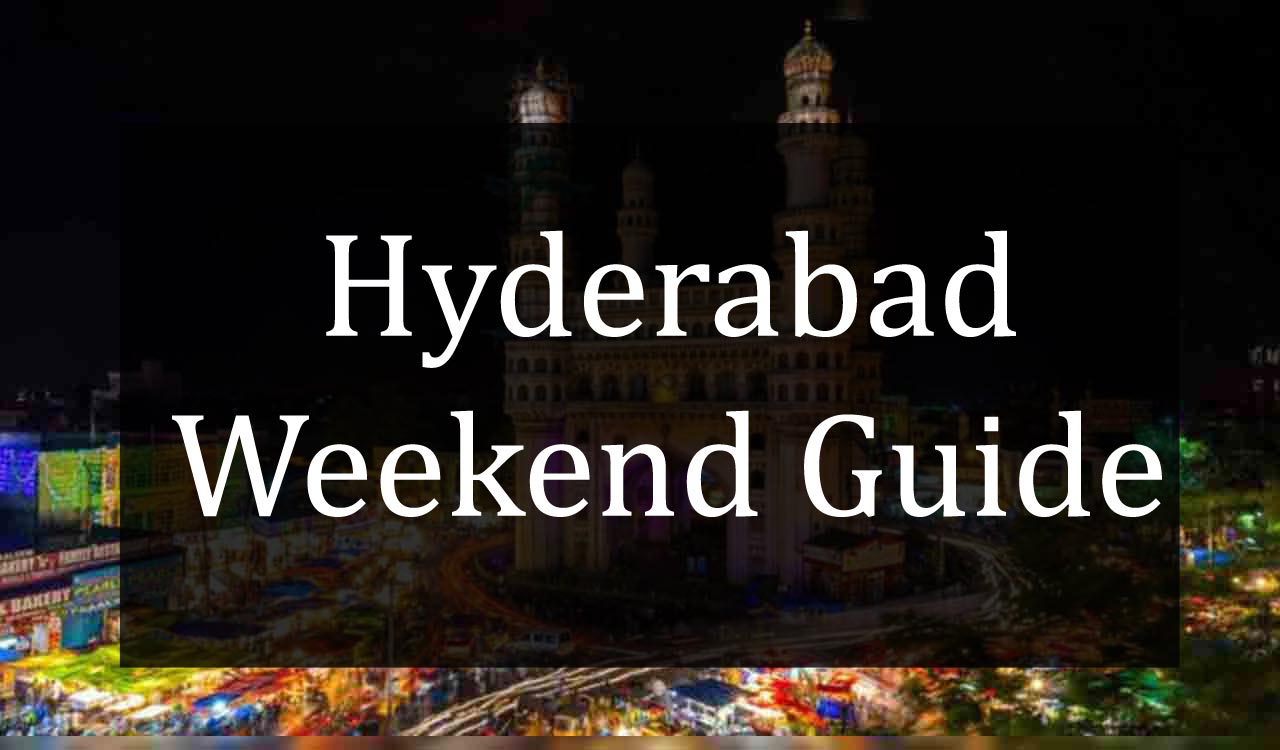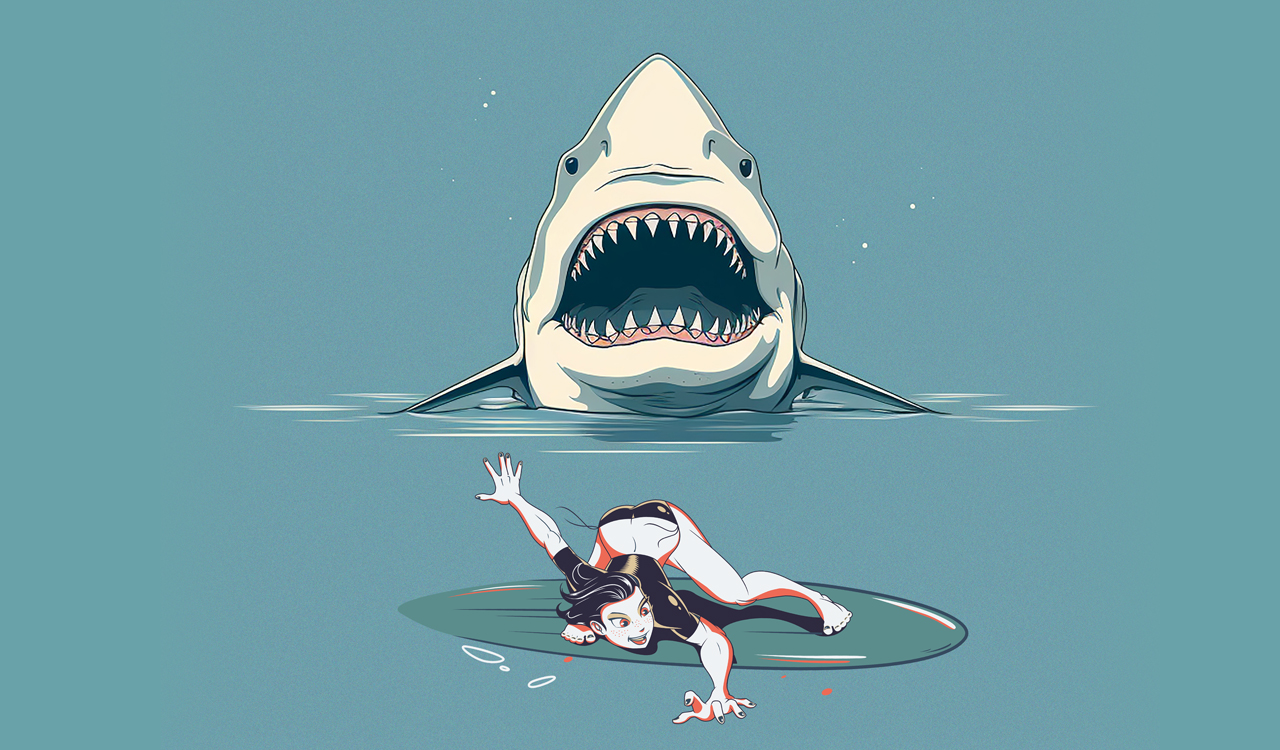Opinion: When Art goes Nuclear
By Pramod K Nayar Some years ago Finland announced plans to build its 6th nuclear reactor at Hanhikivi Cape in Pyhäjoki. Besides the usual protests, which many countries have seen, against nuclear power and atomic testing, Finland saw an interesting response — from artists. Curie’s Children A group of artists including Erich berger, Charlotte Clark, Mari Keski-Korsu, Christina […]
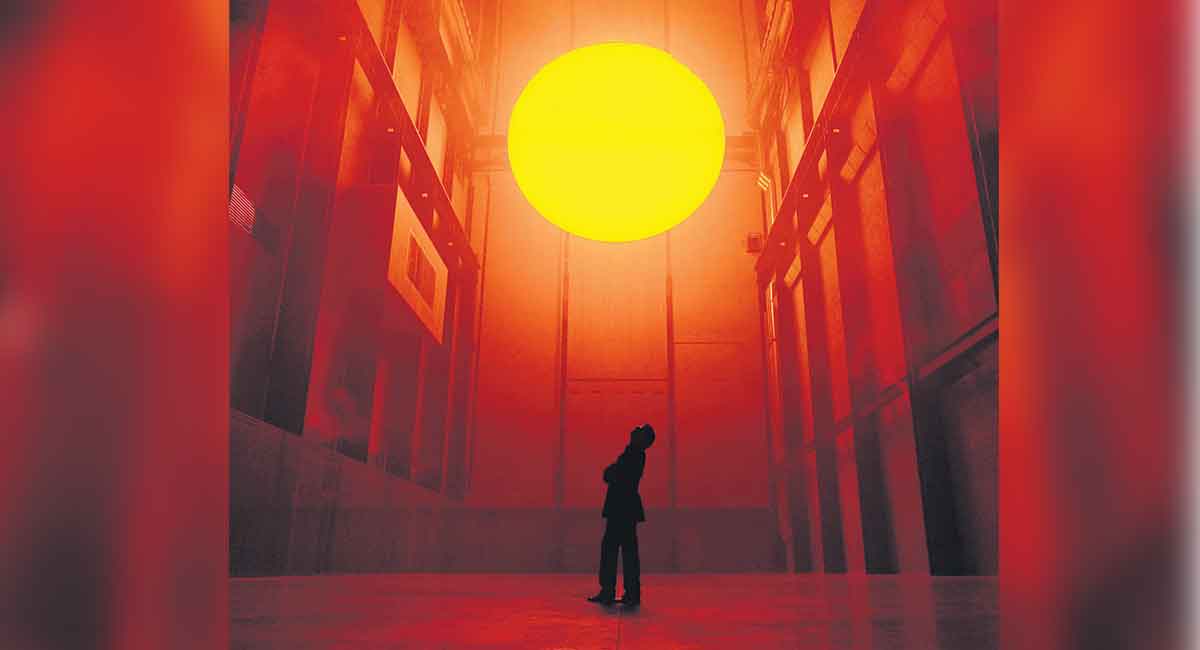
By Pramod K Nayar
Some years ago Finland announced plans to build its 6th nuclear reactor at Hanhikivi Cape in Pyhäjoki. Besides the usual protests, which many countries have seen, against nuclear power and atomic testing, Finland saw an interesting response — from artists.
Curie’s Children
A group of artists including Erich berger, Charlotte Clark, Mari Keski-Korsu, Christina Stadlbauer, created the ‘Curie’s Children (Bioart Sons, Radon Daughters)’ workshop in 2013. Mari Keski-Korsu was the artistic director. The idea of this ‘artistic expedition, production workshop’ was, at first glance, a simple one: to help people understand nuclear processes through hands-on experimentation, construction and research, besides art. The participants learnt to build their own radiation detectors/Geiger counters, tested mushrooms for radioactivity and measured the natural radioactivity in the region.
Crystal Bennes went one step further. Reading about a new generation of smaller, presumably safer reactors utilising thorium and hydrogen instead of uranium and water, Bennes created the installation art, ‘One Hundred Thousand Cities of the Sun’. Combining past, present and future, Bennes built an abstract, topological scale model of a ‘City of the Sun’ from nuclear-grade graphite recovered from the thermal column of FiR1, Finland’s first nuclear reactor. This model was accompanied by a series of texts that speculated on such cities of the future, with alternative nuclear power models.
In these examples we see something important, and arresting.
Scientific Aesthetics/Aesthetic Science
The art/ist moves out of the studio into the science laboratory and even into the field. This means the modes of representation and the aesthetic styles adopted are not just from the domains of painting, sculpture or performance. Rather, they are hybrid modes, adapting the scientific equipment to artistic purposes, and using art to ‘colour’ science. It recalls Orlan’s work where her multiple cosmetic surgeries were telecast from the operating theatre, accompanied by music and commentary. In the process, the rhetoric and style of these fields blur, just as the spaces of practising art blur.
Such initiatives become significant when we recognise that the prospects of a nuclearised world — we can now ‘safely’ (!) assume that this is our world today — need to be examined through not just hard data from science but also through the language and grammar of art. Are the Geiger counters made in the ‘Curie’s Children’ workshop safe for use and reliable if we wish to employ them to test a nuclear zone? Would the graphite rods be a source of contamination of some kind? These questions may be directed at science, but they originate in the public perceptions shaped by art.
In recognition of the importance of art to science, one of the world’s top laboratories, the European Laboratory of Particle Physics (CERN), Geneva, Switzerland, created an official arts programme. Headed by the distinguished Mónica Bello (famous for her bioart exhibition, Organisms), CERN describes itself as dedicated to ‘fostering the dialogue between artists and physicists in the world’s largest particle physics laboratory’. At CERN, artists film and perform inside the Large Hadron Collider detector’s particle physics experiments (ATLAS), the neutron time-of-flight (nTOF) facility and the Isotope mass Separator On-Line facility (ISOLDE), among other key facilities.
To take just one example, Patricia Domínguez made a film inside CERN, about a cyborg woman who (as the CERN website puts it) ‘will be guided by a bird-robot, travelling through CERN’s “quantum worlds”, ancestral spaces in the ancient petroglyphs in the Atacama Desert, and the world’s most precise observatories at the ESO Astronomy facilities in Chile.
Science/Life as We Don’t Know It
In a fascinating volume, Art as We Don’t Know It, the Introduction states:
The phrase Life as We don’t Know It gathered prominence during the last two decades, spurred by the rapid development of synthetic biology (synbio) an attempt to redesign natural systems and to make biology easier to engineer… Within synbio the phrase refers to a subfield, namely xenobiology which examines the possibility and development of biological systems and organisms we are not (yet) familiar with…
This statement in an arts volume is a manifesto of sorts, for it suggests a programme of action for both scientists and artists: to envision forms of life, and living, as we don’t know it yet.
Highlighting the need for a closer (artistic, social) look at technologies that affect life, the art/science programme Machine Wilderness explored the Kilpisjarvi Biological Research Station, northern Finland, in 2016. Here they worked with robotics that try to communicate with wild animals, adapting technologies to local animal perception and ecological participation for machines. Ian Ingram of this team developed Nevermore-A-Matic, a robotic object that uses the beak-wiping gesture of birds to attempt to relay a message of doom to birds. In their report, they noted how the man-made machines (obviously) had different relations with the ecosystem than the organisms there. We need to therefore, they proposed, move away from ‘devices aimed at performing a strictly utilitarian task, and moved towards ideas of man-made nodes that act according to, or enable environmental flows, interactions, transformations and processes’. They referred to this vision of technology as ‘undomestication’ of machines.
These art/science projects communicate one key argument: the inquiry into life and living, now and in the future, must be transdisciplinary because to imagine a world/life/living other than what we know now cannot be the task of scientists or artists alone but must freely draw upon both their domains. Conventional fields of inquiry can no longer match the progress in science, nor can art expect to ignore the imaginations being fuelled by reports of developments in, say, synbio [synthetic biology]. In the process, together, they need to also raise questions about the viability of these technologies — such as the nuclear — and the possible threats they pose to the earth itself.
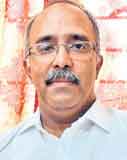
The author is Professor, Department of English, University of Hyderabad.
Now you can get handpicked stories from Telangana Today on Telegram everyday. Click the link to subscribe.
Click to follow Telangana Today Facebook page and Twitter .
- Tags
- art
- Nuclear
- Pramod K Nayar
Related News
-
Madras High Court orders CBFC to grant censor certificate to Jana Nayagan
8 mins ago -
Revanth conspired to dissolve Siddipet district: Harish Rao
12 mins ago -
Revanth Reddy asks unemployed youth to grab opportunities in private sector
19 mins ago -
Congress claims Modi government easing curbs on Chinese firms
21 mins ago -
Hyderabad Police launch ‘C-Mitra’ to enable cybercrime victims to register FIRs from home
29 mins ago -
Two Nigerian nationals held with MDMA worth Rs 20 lakh in Hyderabad
34 mins ago -
Mamata Banerjee leads protest march in Kolkata against ED action
34 mins ago -
Sabarimala gold theft case takes turn as SIT arrests temple tantri
44 mins ago

